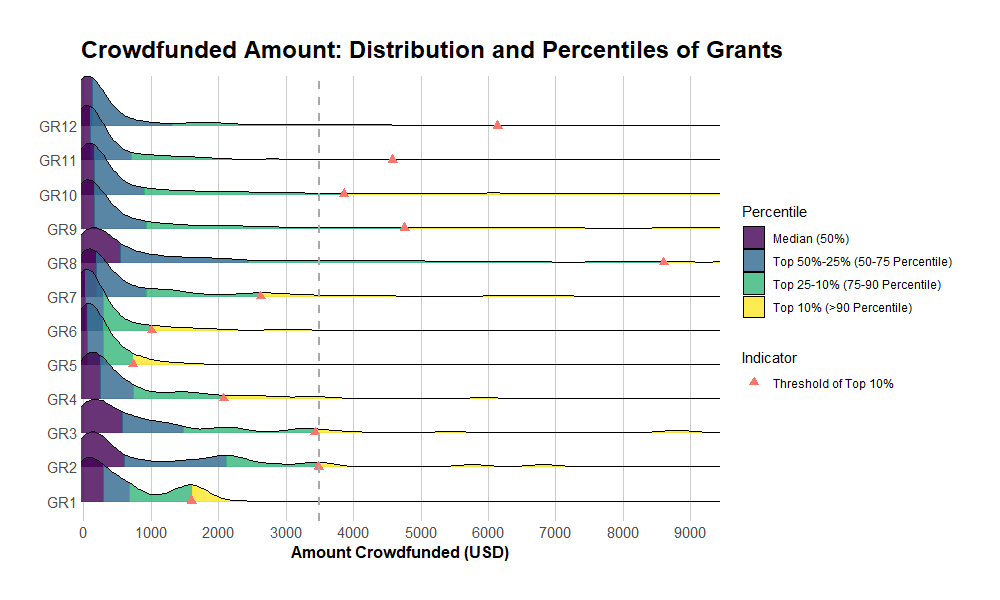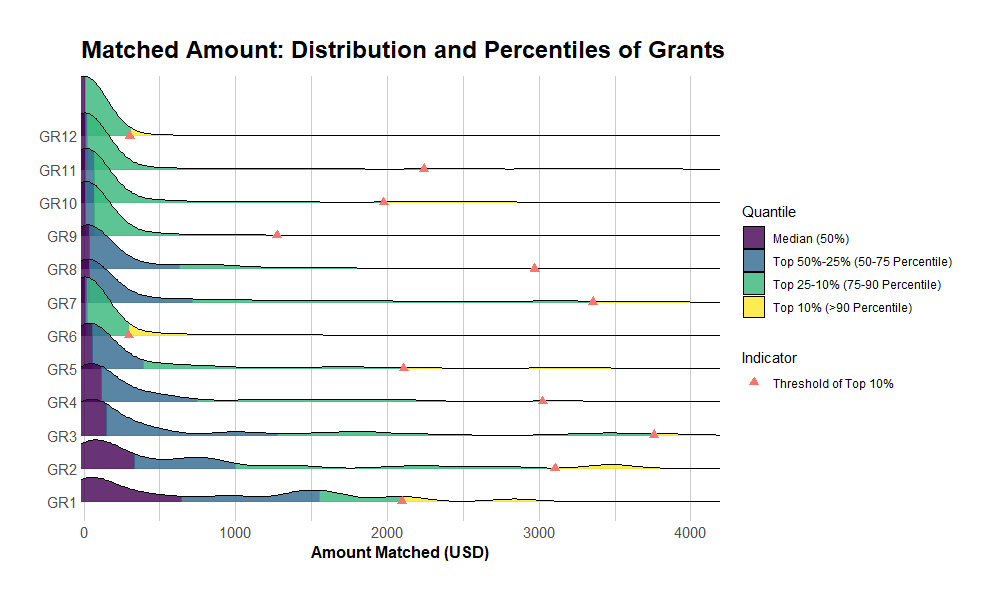Hey Kevin, great post. I have a lot of thoughts about what you’ve shared, but I think before I get into them, since I’m new here, it’s worth mentioning that I’m a Musician and Film maker first and foremost who just happens to have a deep passion for the ideas of decentralization. Right now, I find myself agreeing with everything you’ve outlined in your vision here, but I do think you shouldn’t be too quick to write off NFTs in the art portions of the crypto space. Reason being, is that part of me believes that there is some potential in combining what they’re bringing to the table, with what you’re bringing to the table.
Because of this belief, the idea of DAO alliances is something that I find really compelling and have actually already been thinking about lately, though, mostly from the opposite perspective. AKA- How to kickstart an art DAO that generates enough revenue so that it can send royalties to projects like Gitcoin or other DAOs that are similarly focused on funding Public Goods.
Art DAOs are obviously very very fresh to this world of Crypto and are inspiring an immense amount of hype (as well as money). But, I think what they currently lack is the proper infrastructure tools to become extremely large and more than that, I think they’re lacking some sort of tangible externally facing goods that could potentially bring in a very decent amount of revenue.
Right now, I’m working with a small group of people to kickstart a DAO (which I will leave unnamed since I’m more-so here to bounce ideas), and I am currently stewing on this idea representing memberships via Harberger Taxed NFTs. Otherwise known as SALSA/Cost. My theory is that if an ArtDAO manages to build out some of the tooling/infrastructure where access to the community and community resources is token gated via Harberger Taxed NFTs, the DAO can potentially drive a tremendous amount of revenue to their treasury.
This treasury then going on to fund more art which increases it’s asset pool by which it can then create a demand with and drive NFT taxed Memberships. What I find more interesting in this idea, is that like software, art is limitless and it’s a thing that people are creating endlessly for free already. So by building a community and collectivizing the ownership of the art, whether it be film, music, paintings, writings, you are creating a giant pile of assets that will generate royalties for as long as there are people to consume it.
I’ll even go as far as to say that, maybe art is a public good and should be treated as such. When you do that, you can potentially flip your Keynesian beauty contest on its head and raise funds through a multitude of ArtDAOs that are streaming revenue to the larger alliance of ImpactDAOs.
Make the fun stuff and let that fun stuff drive the funding for deeper public works? If this is something that seems possible, it needs to happen as soon as possible so a cultural precedent can be set that furthers this movement of Public Goods Funding mechanisms.
note- if this is super in the wrong lane, let me know. But I do believe that in the same way there is interdependence with people there is also interdependence in markets.



